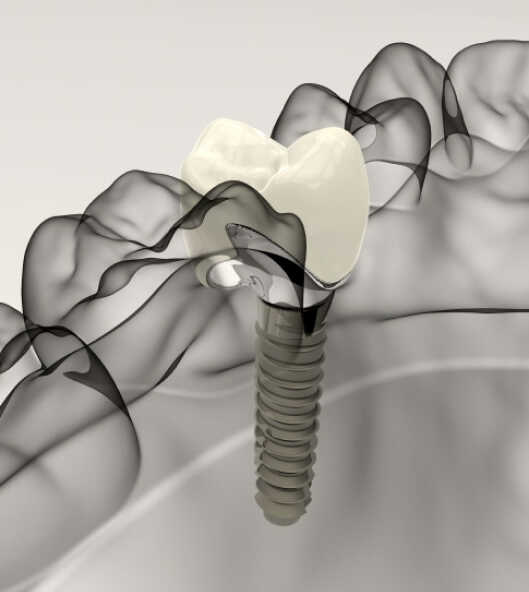Dental implants are an excellent option for replacing teeth that are either severely damaged or completely missing. The procedure involves two essential elements: the implant and the crown. The implant itself is a sturdy post, often made from titanium, which is placed directly into the jawbone to serve as an artificial root. This integration into the bone provides a solid foundation for the crown, which is designed to resemble your natural teeth in both appearance and function. With a dental implant, you can restore your smile and enjoy the confidence of knowing your replacement tooth will stay securely in place, allowing you to eat, speak and smile without concern. The crown, made to match the color, shape and size of your natural teeth, is securely placed on the implant to provide a seamless, aesthetic result.
Anesthesia
Anesthesia is a crucial part of modern surgery, and Great Basin Oral and Facial Surgery offers a complete spectrum of choices to best suit your unique physiology and preferred comfort level.
Learn More
